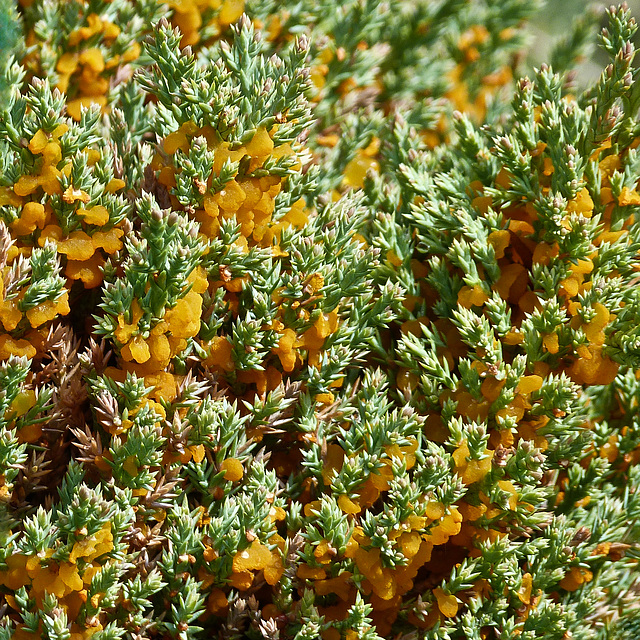Mom and baby
Last day before the winter gates closed
When the fields were golden
The wind effect
Time for colour
Toughing out the winter
Small rocks, Red Rock Coulee
Vulturine Guineafowl
On the lookout
The beauty of winter
We need COLOUR!
Gotta get that itch
Inlay stone mosaic, Agra, India
He's so fine
Water droplets on a Lily pad l res
Mom and the kids
Thankful for archives
Fringed Grass-of-Parnassus
Ruddy Duck in the sunlight
A couple of beauties
Landscape of Red Rock Coulee
Fritillary
Frosted snow
Patiently watching
Narrowleaf Stoneseed
Young Mountain Sheep
Love a splash of orange
Wind-blown
Deserving of respect
I think I can ... I think I can ...
Suillus tomentosus - for mushroom soup
Campanula incurva
Happy Turkey (Vulture) Day to Americans, everywher…
Hungry Mamma
On top of a tree stump
Along the Smith-Dorrien / Spray Trail
Saying Hi
Evening Grosbeaks from 2012
Persian Cornflower / Centaurea dealbata
Yellow-bellied Sapsucker
Coyote on the prowl
Joyful memories
This is where I was yesterday
Lactarius rufus
The dreaded snow crust
See also...
Keywords
Authorizations, license
-
Visible by: Everyone -
All rights reserved
-
386 visits
Cedar Apple Rust on Juniper


Not the most exciting photo, but I wanted to add it to my Fungi Set : ) A friend pointed this out to me on a walk in North Weaselhead on 23 May 2012. It had just stopped raining, which is why this fungus looks the way it does, as explained in the information below.
"Cedar apple rust, which is caused by the fungus Gymnosporangium, needs juniper plants and certain Rose family plants (such as saskatoons, hawthorns, and in some cases, apples) to complete its life cycle. On junipers, the disease appears as woody, spherical galls. In the spring (early May), brown, horn-like projections called "telia" grow out of the woody galls. During wet weather, the telia absorb water, swell up immensely, and become orange and gelatinous. At this stage the disease emits spores that infect the Rose family plants to cause the bright orange spots. The orange spots will eventually produce their own horn-like structures called "aecia" on the fruit and underside of the leaves; from the aecia, spores are produced that re-infect the junipers in the late summer. The disease must pass from junipers to Rose family plants to junipers again; it cannot spread between Rose family plants."
gardenline.usask.ca/fruit/rust.html
"Cedar apple rust, which is caused by the fungus Gymnosporangium, needs juniper plants and certain Rose family plants (such as saskatoons, hawthorns, and in some cases, apples) to complete its life cycle. On junipers, the disease appears as woody, spherical galls. In the spring (early May), brown, horn-like projections called "telia" grow out of the woody galls. During wet weather, the telia absorb water, swell up immensely, and become orange and gelatinous. At this stage the disease emits spores that infect the Rose family plants to cause the bright orange spots. The orange spots will eventually produce their own horn-like structures called "aecia" on the fruit and underside of the leaves; from the aecia, spores are produced that re-infect the junipers in the late summer. The disease must pass from junipers to Rose family plants to junipers again; it cannot spread between Rose family plants."
gardenline.usask.ca/fruit/rust.html
LeapFrog has particularly liked this photo
- Keyboard shortcuts:
Jump to top
RSS feed- Latest comments - Subscribe to the comment feeds of this photo
- ipernity © 2007-2025
- Help & Contact
|
Club news
|
About ipernity
|
History |
ipernity Club & Prices |
Guide of good conduct
Donate | Group guidelines | Privacy policy | Terms of use | Statutes | In memoria -
Facebook
Twitter

Sound like CGY is about to get whacked again by the weather ... so far we will range from +1 to +8C throughout the week with no snow in sight for at least 1-1/2 weeks ... bundle up, looks like a fierce blizzard ahead for you folks ...
Anne Elliott club has replied to LeapFrogSign-in to write a comment.